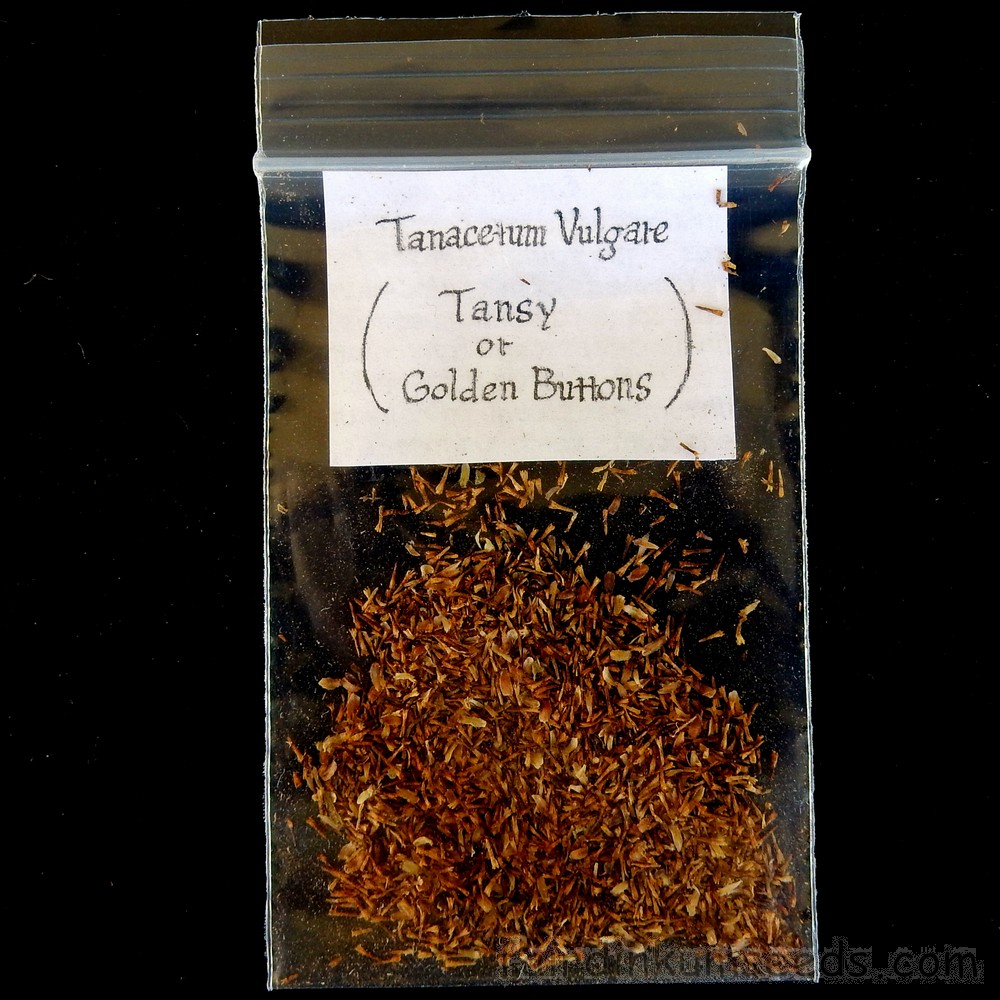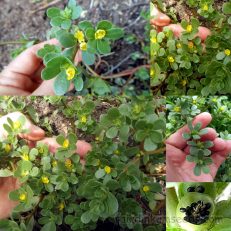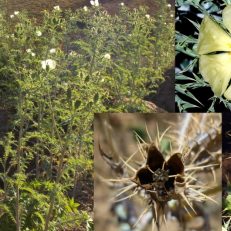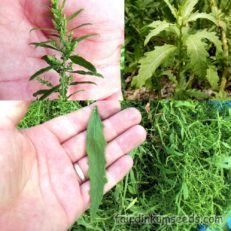Please read text!
Tansy Golden Buttons Tanacetum Vulgare Seeds
Packet of more than 50+ freshly harvested seeds!
The ultimate in companion planting and a huge list of uses.
One of the few plants that actively repel most types of ants, flies, ticks and mosquitoes, and is backed up by the scientific literature.
Not 100% effective in all situations mind you, but a lot better than just about everything else.
In the USA mass plantings alongside potato crops reduced Colorado potato beetle(a huge economic issue with commercial potato farming) numbers by 60-100%.
This natural insect repellency is due to the high levels of naturally occurring toxic compounds especially thujone, the same stuff that is in Green Fairy or Absinthe.
In very very high doses, especially when chemically extracted and concentrated in oils and essences these chemicals can cause convulsions, liver and brain damage, but even so historically this plant has an extensive list of uses, both as a food and medicinally.
Used as a flavouring herb for puddings and omelets, so much so that for a time a “Tansy” was the word used to describe a sweet omelette flavoured with tansy juice.
In Yorkshire, tansy and caraway seeds were traditionally used in biscuits served at funerals and the 19th century Tennessee whiskey magnate Jack Daniel enjoyed drinking his own whiskey with sugar and crushed tansy leaf.
Medicinally it was used as far back as the ancient Greeks and in the 8th century AD it was grown in the herb gardens of Charlemagne and by Benedictine monks, for the expulsion of intestinal worms, fevers, sores, measles, rheumatism, and digestive problems.
From the Middle Ages onwards high doses have been used to induce abortion, and for this reason it is not recommended for pregnant women.
Early Christians served tansy with fish during lent. This was to help control flatulence brought on by days of eating beans, grains and lentils, and as a preventative measure against intestinal worms believed to be carried by the fish. It also reminded believers of the bitter herbs eaten by the Israelites.
Used as a face wash it was reported to lighten the colour and purify the skin, and as a bath with salts the Irish believed it would cure joint pain.
The English said regular consumption as a pot herb lessened the effects of gout and intestinal ailments, and a bunch of flowers was put on the windowsills to repel flies.
Used as an insect repellent in embalming throughout the ages, wreaths and coffins were often often packed with the material to slow decomposition, and lessen the smell of bodies.
It was also used as a packaging material for meat to delay spoilage and repel insects, and when ingested it is highly toxic to internal parasites. For centuries tansy tea has been prescribed by herbalists to expel worms and once eaten, toxic metabolites are produced by the body as the oil is broken down in the liver and digestive system.
These metabolites effectively kill worms and parasites.
Unfortunately being toxic components, some folks can develop dermatitis from regular exposure, and internal ingestion in any way is not encouraged.
We just use it as an ornamental flower, and companion plant to things like leafy greens, to help provide them a little extra insect protection.
Grown by me and the Mrs organically, no chems, no nasties, no problems!!!





